Project Island Song is bringing taonga wildlife back to the islands of Ipipiri.
Over 75% of New Zealand’s species are endemic, which means they are found nowhere else on the planet. We have a huge responsibility to protect these unique and wonderful creatures and support their recovery from the damage caused by introduced pests and through habitat loss.
We do this by reintroducing species to the islands, protecting those that were already there, and supporting other species to re-establish themselves.
The pest-free status of the islands, and regenerating forest, has made it possible for species to be reintroduced to the islands from populations elsewhere.
Between 2012 and 2022 we have reintroduced eight species of birds, reptiles, invertebrates, and plants, and we have a plan for reintroducing another 13 vulnerable species.
Our translocation plan includes both species which would once have been typical of the area, and vulnerable species that are at risk of disappearing completely from mainland New Zealand or have already done so. Pest-free islands act a vital life raft for these most threatened species to maintain viable populations into the future.
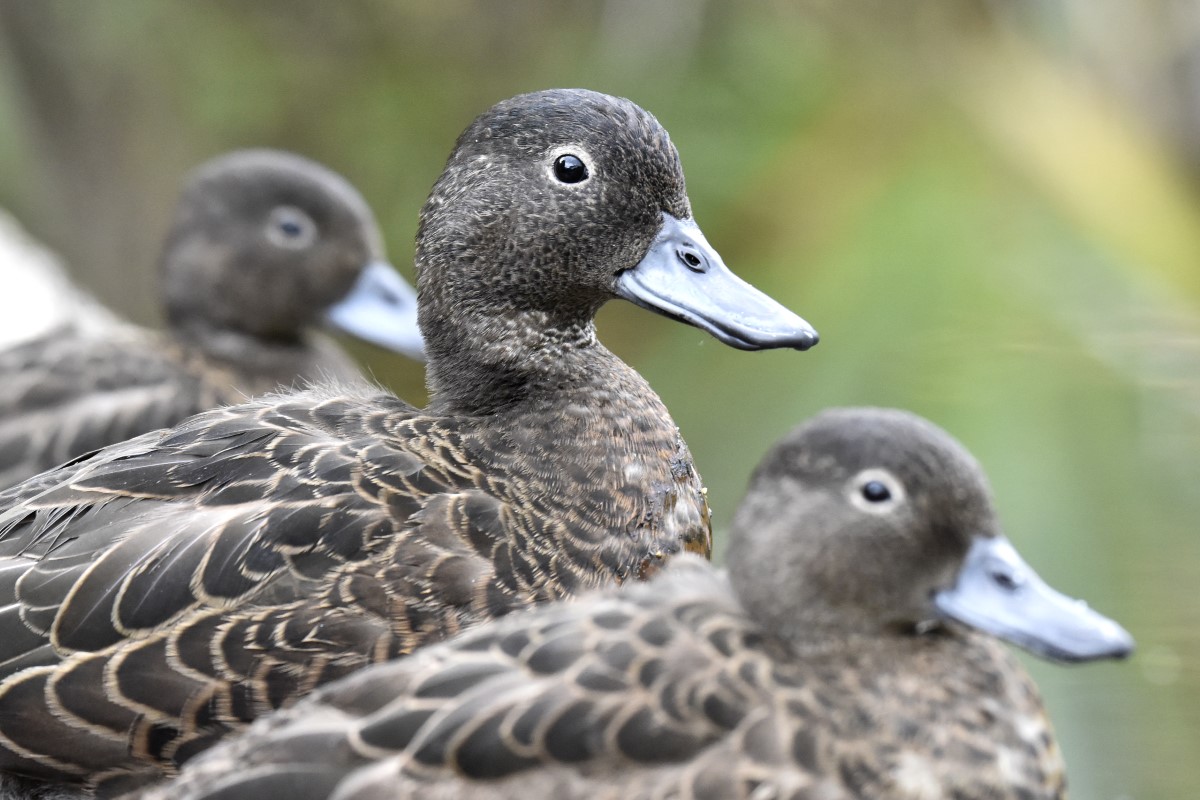
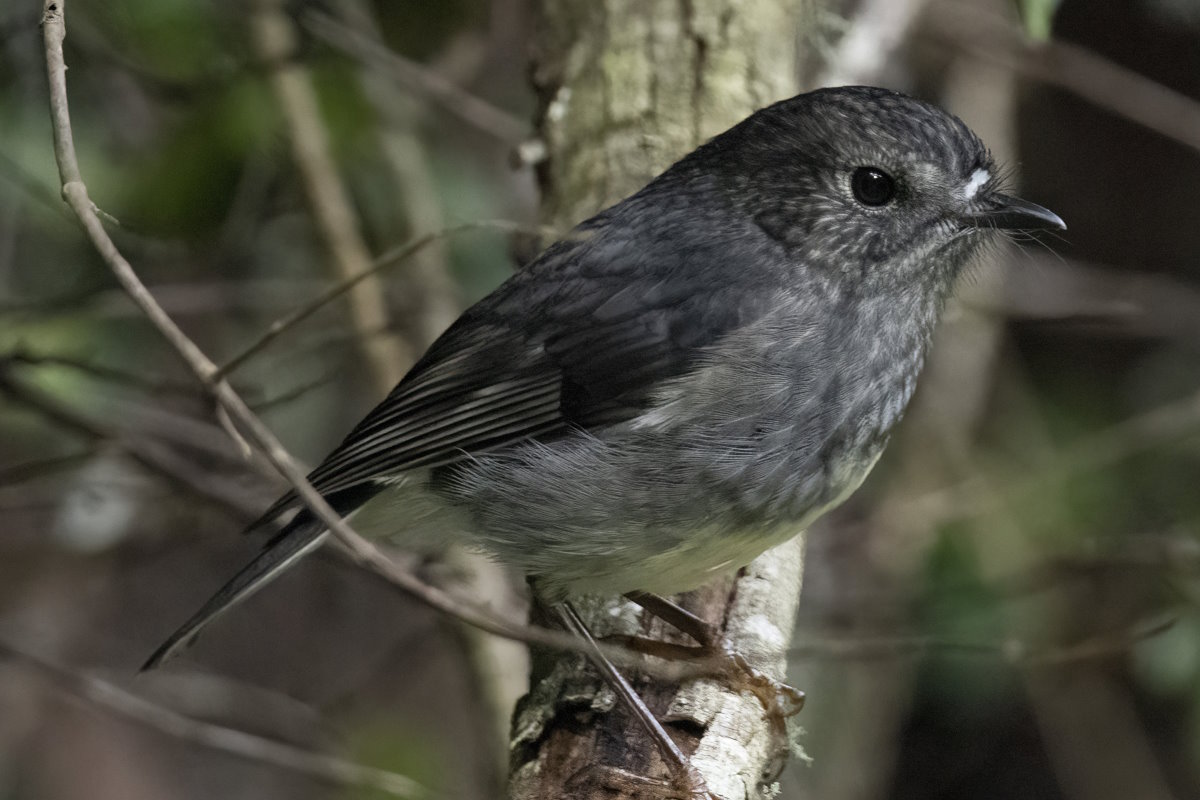
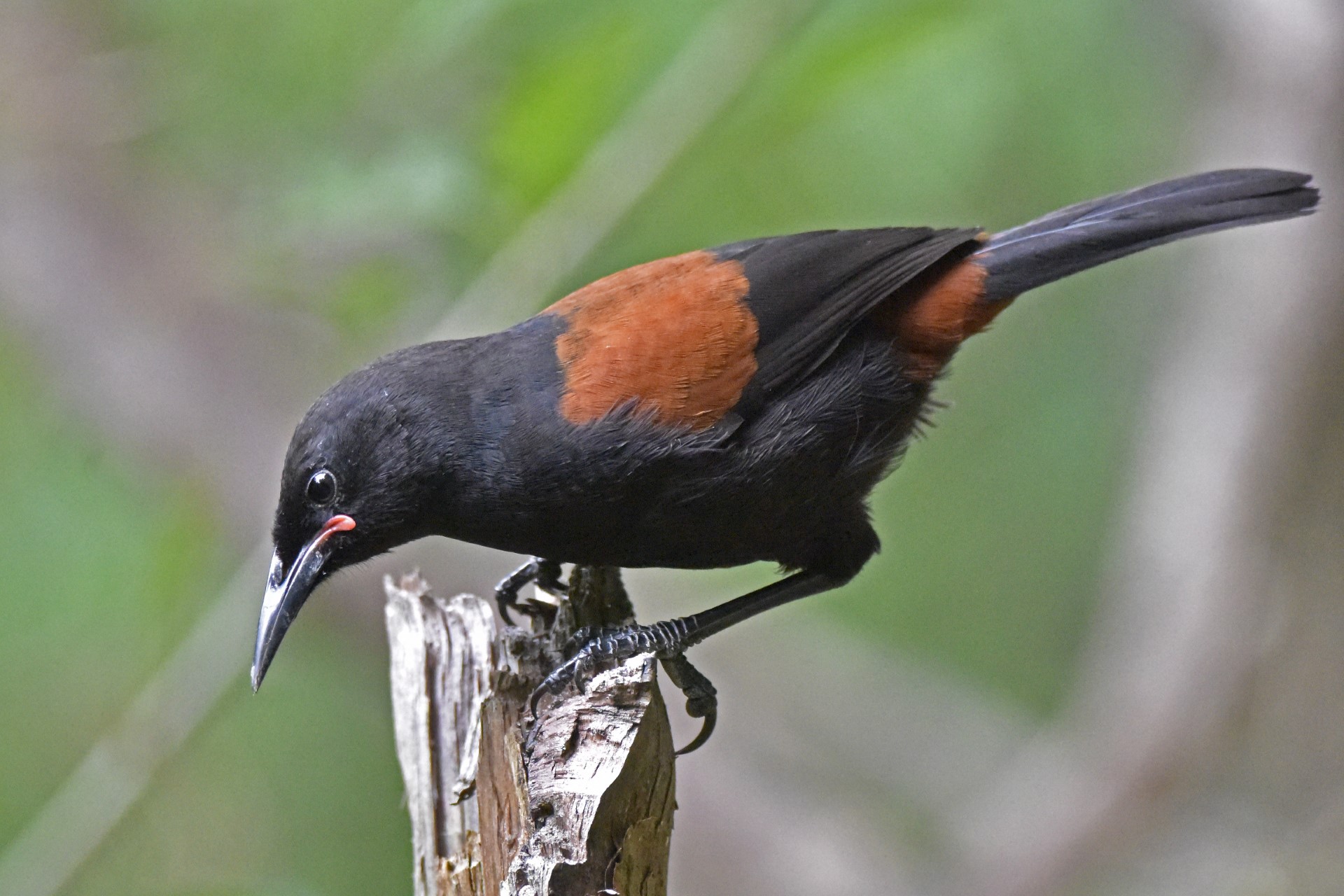
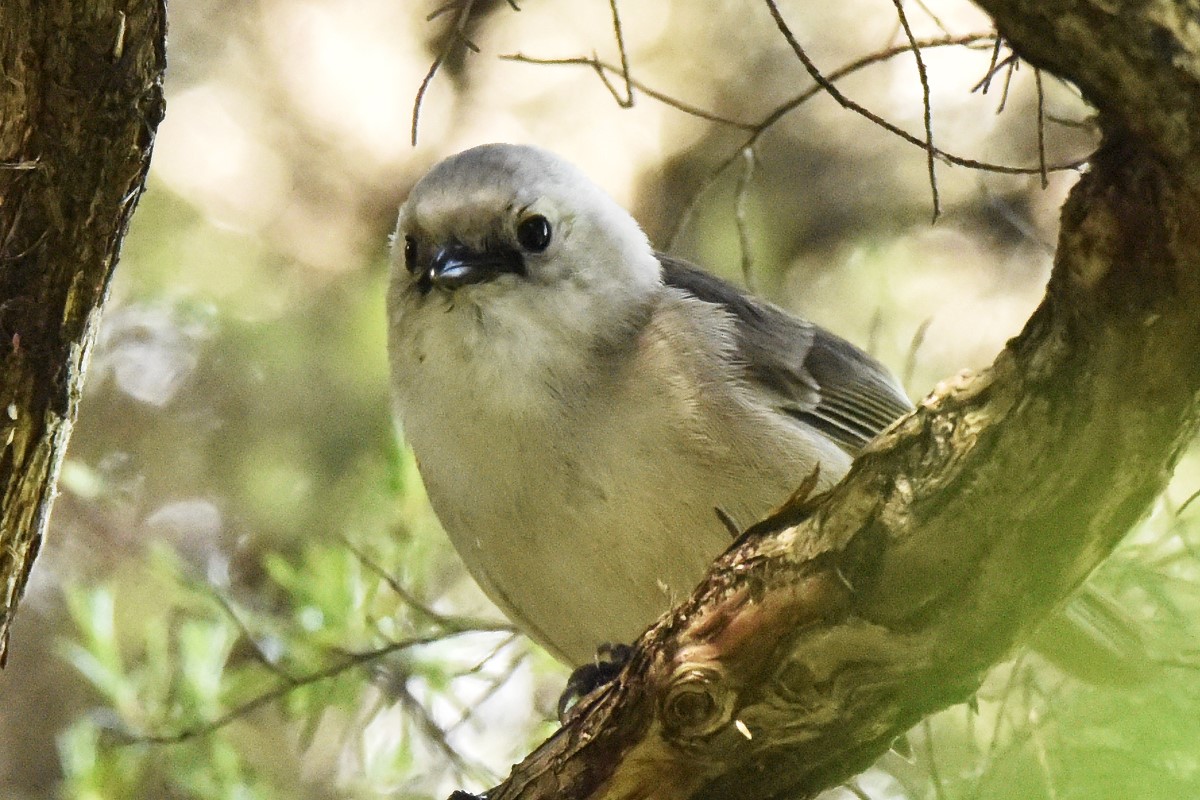
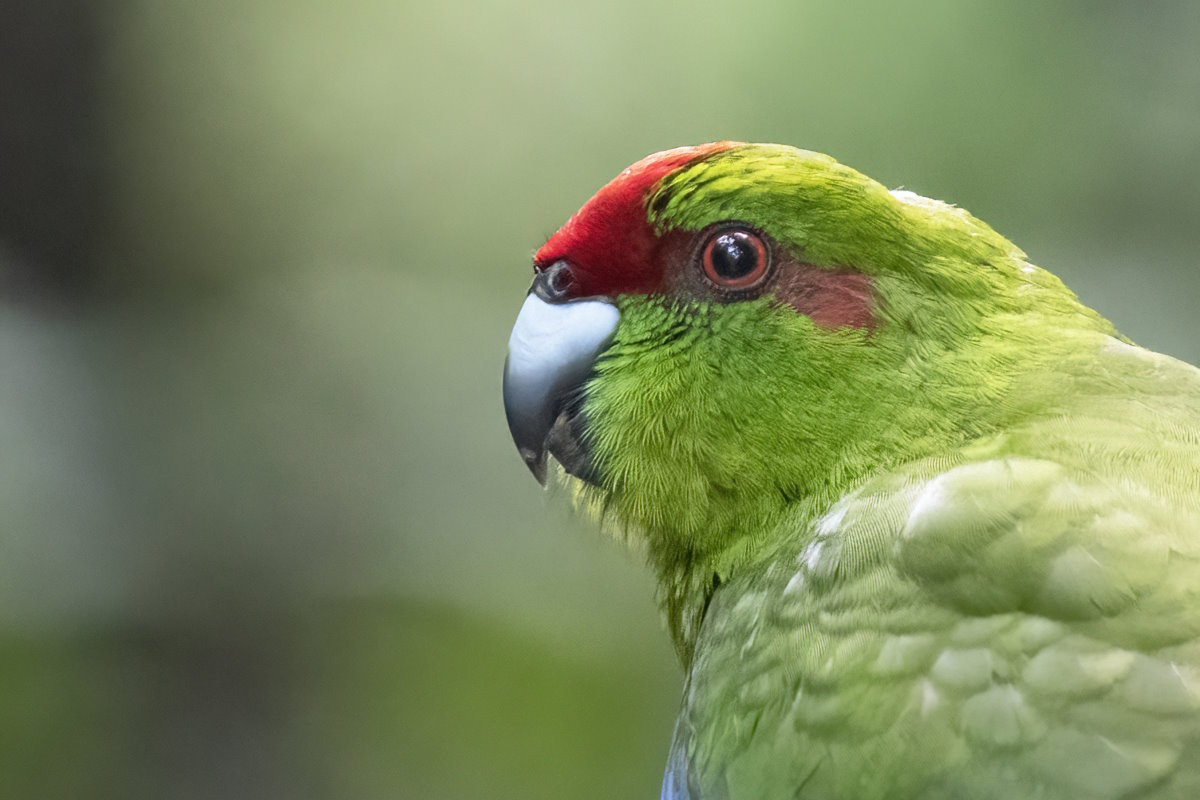
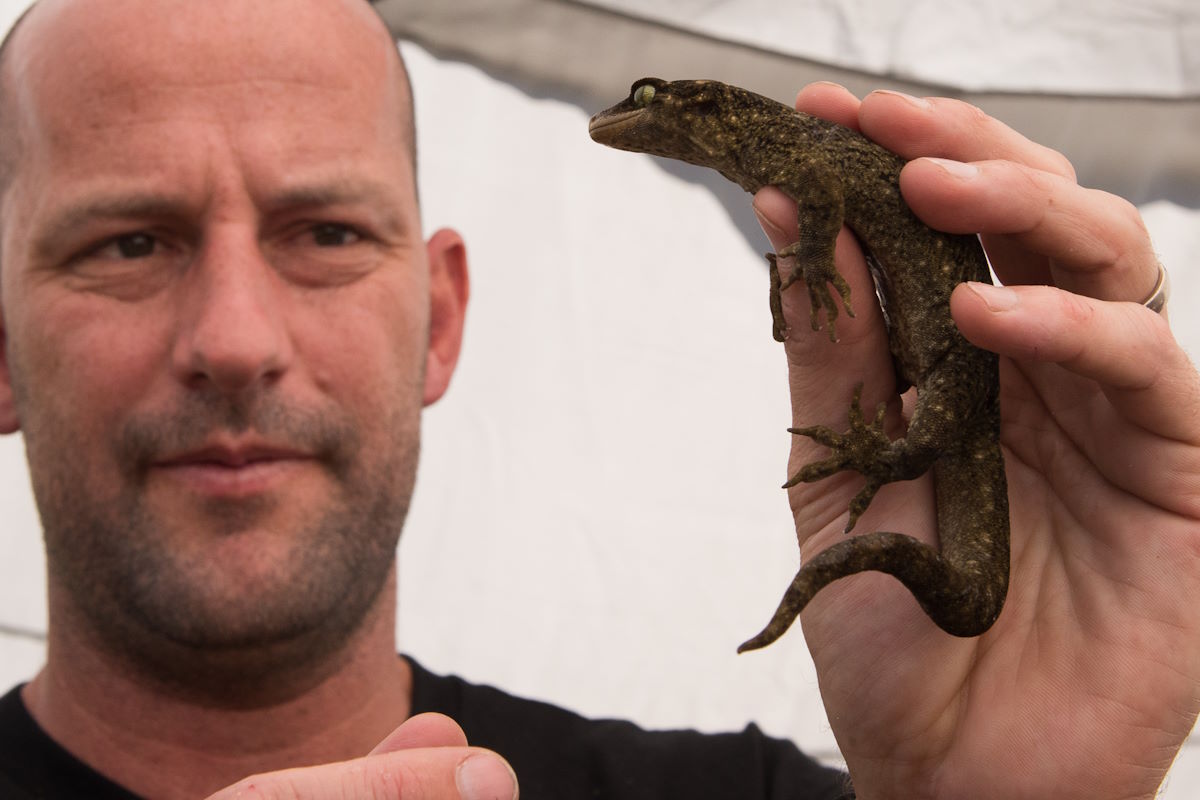

Year reintroduced: 2012
Total reintroduced: 12
Conservation status: Endangered
Pāteke was Project Island Song’s first species reintroduction in September 2012.
As the rarest waterfowl species in New Zealand, with only 2000 to 2500 Pāteke are left in the wild, it is hoped the pest-free islands will act as a conservation safe haven for the duck. Six males and six females were set free into the Entico Bay wetland, Urupukapuka Island, the largest pest-free island in Ipipiri.
Year reintroduced: 2014 & 2016
Total reintroduced: 83
Conservation status: Population decreasing
The Toutouwai is a friendly bird that will often come close to people and the ground, making it vulnerable to pests and predators. Thankfully they are thriving on the pest-free islands of Ipipiri, when visiting take some time to stop on the tracks and quietly look around, chances are a Toutouwai will be nearby.
The male Toutouwai are renowned for singing loudly in the early morning from high perches in the canopy particularly from August to December.
Year reintroduced: 2015
Total reintroduced: 80
Conservation status: Recovering
Between March and May 2015, 80 Tīeke were reintroduced to Moturua and Urupukapuka.
Tīeke were once widespread throughout Aotearoa New Zealand’s forests. Sadly, due to increased forest clearance and introduced pest species such as rats, feral cats, and stoats their populations declined. Since their reintroduction to Moturua & Urupukapuka the populations have grown, and these beautiful birds can now be seen and heard across both islands.
Year reintroduced: 2015 & 2016
Total reintroduced: 120
Conservation status: Population decreasing
Released across three islands (Motuarohia, Moturua and Urupukapuka) the Pōpokotea had a strong gene pool to ensure good breeding over the years. Now, like the other reintroduced species you can see and hear the calls of the Pōpokotea across the islands in the canopy.
Year reintroduced: 2017 & 2021
Total reintroduced: 58
Conservation status: Near threatened
These vibrant forest birds feed on berries, seeds, fruit and insects. The red-crowned parakeet is distinguished by its bright red forehead. Fledglings are fed on the ground for a period before they can fly, making them especially vulnerable to predators.
We’re happy to report they are thriving on the pest-free islands of Moturua and Urupukapuka and some have even been spotted on the mainland around the Bay of Islands where there is prominent pest-control.
Year reintroduced: 2018
Total reintroduced: 50
Conservation status: At risk
Duvaucel’s Gecko were the sixth endemic animal species to be relocated by Project Island Song, but the first reptile.
Duvaucel’s are the nation’s largest lizard, growing up to 30cm. Endemic to New Zealand they were once prolific on the North Island mainland before the introduction of pest mammals, but are now sadly extinct except for a few wildlife sanctuaries like Ipipiri.
They are thought to live between 50 and 70 years so it’s a wonderful thought that the reintroduced geckos could still be around for our children’s children to enjoy.
Year reintroduced: 2020, 2021 & 2023
Total reintroduced: 870 so far
Conservation status: Vulnerable
As part of a three-year partnership with Auckland Zoo, to date, across 5 release events, 465 late-instar (adult) wētāpunga, and 405 Instar range 4-6th (juvenile) wētāpunga have been reintroduced back to the islands.
Last recorded in the Bay of Islands over 180-years ago the wētāpunga was the seventh endemic animal species to be reintroduced by Project Island Song. The weird and wonderful nocturnal wētāpunga, found only in New Zealand, has been around for over 190 million years, and outsizes all 70 species of wētā unique to New Zealand as the giant of the 11 giant wētā species.
In an ideal world wildlife returns to the islands naturally. However, lots of New Zealand’s native species are reluctant to cross any significant body of water, including many of our birds, or are no longer present on the adjacent mainland, hence the need to reintroduce them.
There are several species that do have the potential to reintroduce themselves to the islands now that they represent a safe, pest-free habitat and breeding ground, and an increasingly valuable source of food.
These include the miromiro (North Island tomtit), oi (grey-faced petrel), mioweka (banded rail) and native plant species transported by birds like the kūkupa (wood pigeon).
As existing and returning bird species become more established across the islands and populations increase, we can expect to witness an increasing “halo effect” with some species, where the safety of a pest-free environment supports birds to become more common across the wider region.
Kākāriki (red-crowned parakeet) and mioweka (banded rail) are highly mobile birds with a wide range and have already been spotted in gardens on the Russell Peninsula, since their reintroduction to Ipipiri.
With increased populations on the islands and increasing pest management on the mainland, it’s hoped that the islands will become a source population for other projects in the region.